Bungie has made significant changes to how weapons and ammo work in Destiny 2 Year 2. Our guide explains and answers the question “Where did my guns go?”
With the release of today’s Year 2 update for Destiny 2, many Guardians may be asking themselves the question of “Where did my guns go?”
While your weapons haven’t disappeared (they’re likely at the postmaster), the way you configure your weapon loadout and the way you collect ammo has changed significantly. This guide aims to explain how the new system works so you can bypass the confusion associated with this change.
Weapon Slot Changes
The first significant change that took place is that the three weapon slots you have at your disposal have been reconfigured to be based on the type of damage the weapon does. You now have the following three weapon slots:
- Kinetic
- Energy
- Power
So no matter what class of weapon, if it does kinetic damage, it will go in the Kinetic slot. This could be a sniper rifle or even a shotgun. Energy damage dealing weapons go in the Energy slot, and Power damage dealing weapons go in the Power slot.

Let’s have a quick look at the kind of weapons that typically fall into these damage categories. Note that there will be exceptions, especially when it comes to exotic weapons.
Kinetic Damage Dealing Weapons
- Auto Rifles
- Bows
- Hand Cannons
- Pulse Rifles
- Scout Rifles
- Sidearms
- Submachine Guns
- Shotguns
- Snipers
- Breech-loaded Grenade Launchers
Energy Damage Dealing Weapons

The kinds of energy damage dealing weapons include all of the types listed under kinetic damage dealing weapons, as well as:
- Fusion Rifles
- Trace Rifles
Power Damage Dealing Weapons
- Drum-loaded Grenade Launchers
- Linear Fusion Rifles
- Rocket Launchers
- Swords
Again, keep in mind that many exotic weapons break these rules. Also, pay special attention to the weapon description.
Weapon Ammunition Changes
The second aspect of every weapon in Destiny 2 Year 2 is the ammunition that it takes. Weapon ammo requirements are based on the class of weapon, which can be Primary, Special, or Heavy.
Primary Weapons
Primary weapons will consume white ammo bricks. These are by far the most common type of ammunition as they will feed a vast variety of weaponry. Primary weapons are typically found in the following categories:
- Auto Rifles
- Some Bows
- Hand Cannons
- Pulse Rifles
- Scout Rifles
- Sidearms
- Submachine Guns
- Some Breech-loaded Grenade Launchers
Special Weapons

Special weapons will consume green ammo bricks and are typically used by energy weapons, though not always. Special weapons usually come in the following forms:
- Some Bows
- Shotguns
- Snipers
- Fusion Rifles
- Some Breech-loaded Grenade Launchers
- Trace Rifles
Heavy Weapons

Heavy weapons require purple ammo bricks which are the most difficult to find. Heavy weapons include the following types of weapons:
- Drum-loaded Grenade Launchers
- Linear Fusion Rifles
- Rocket Launchers
- Swords
How is Ammo Distributed?
Keen observers of these changes will notice that it is now possible to equip multiple weapons requiring the same ammo type. So if you have two special weapons equipped, both of which require green ammo bricks, what happens when you pick up green ammo?
The answer is quite simple.
Each gun continues to have its own ammo pool. There is no sharing of the ammunition between multiple weapons. When you pick up a new ammo brick, the ammo is split evenly between both guns.
If one of the guns’ ammo reserves are already full, then the entire ammo brick goes to the other one.
While these changes may seem more complicated, once you get the hang of them, you’ll be able to customize your Guardian’s weapon loadout to match your playstyle much better.
For more guides on everything related to Destiny 2, check out our Destiny 2 Guide Hub.

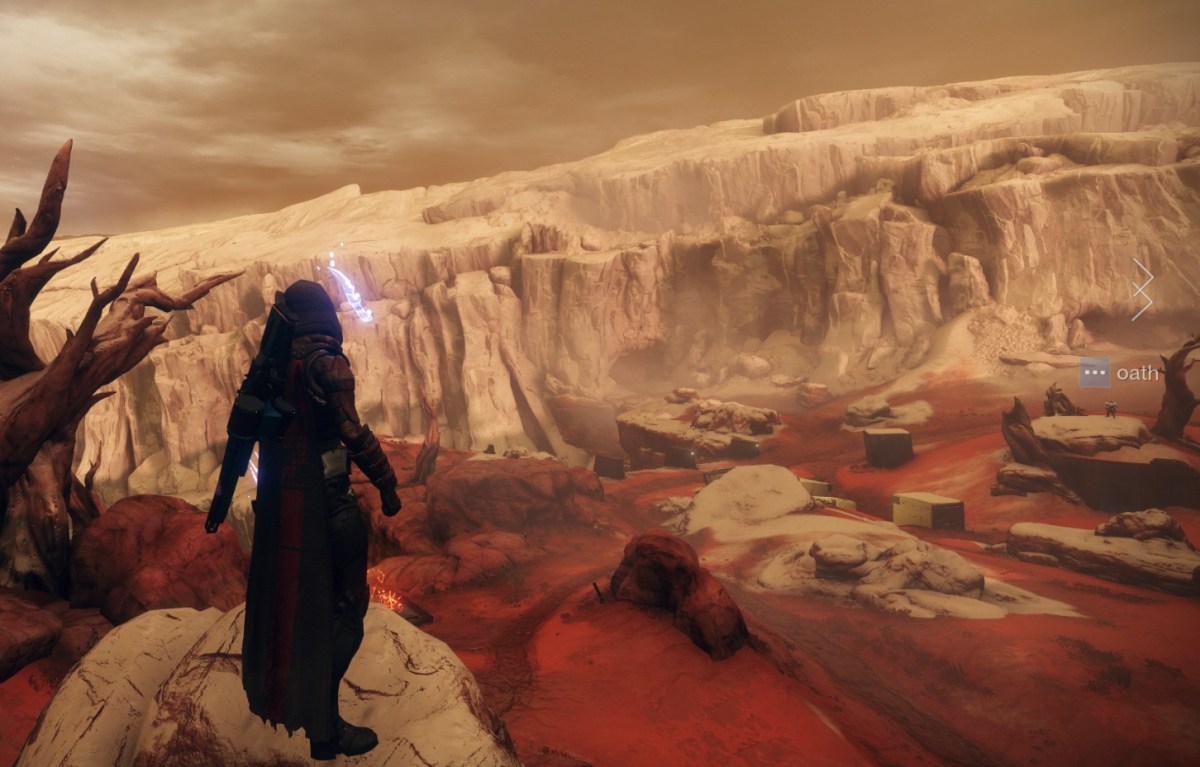
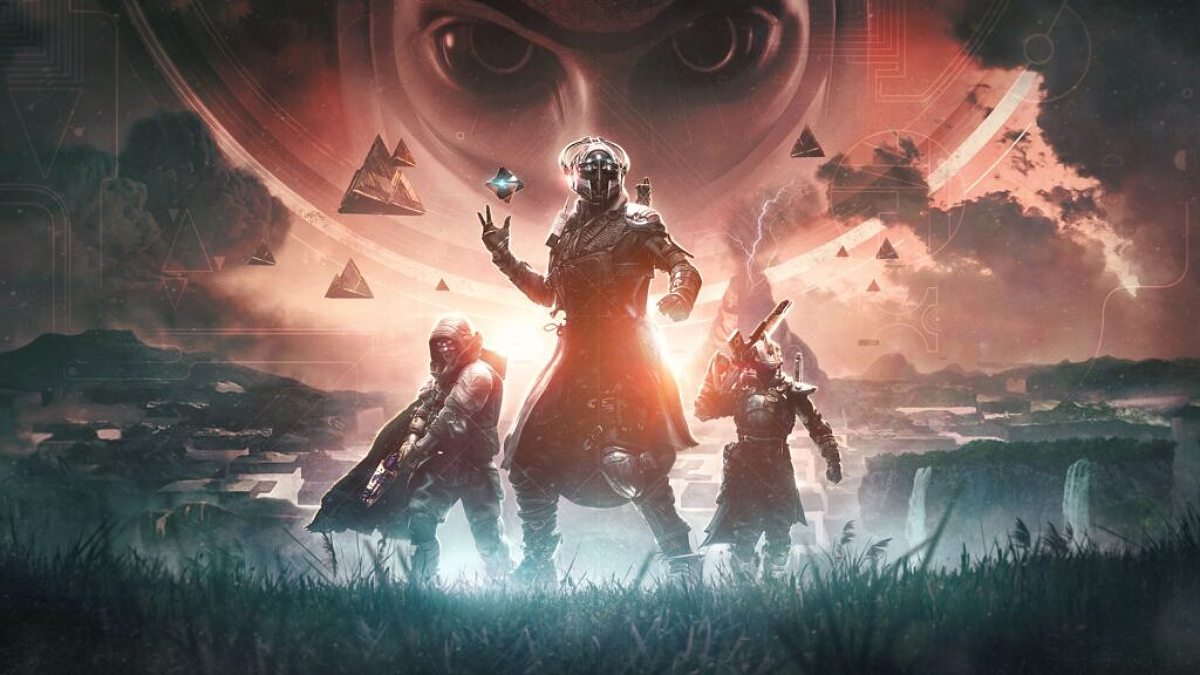
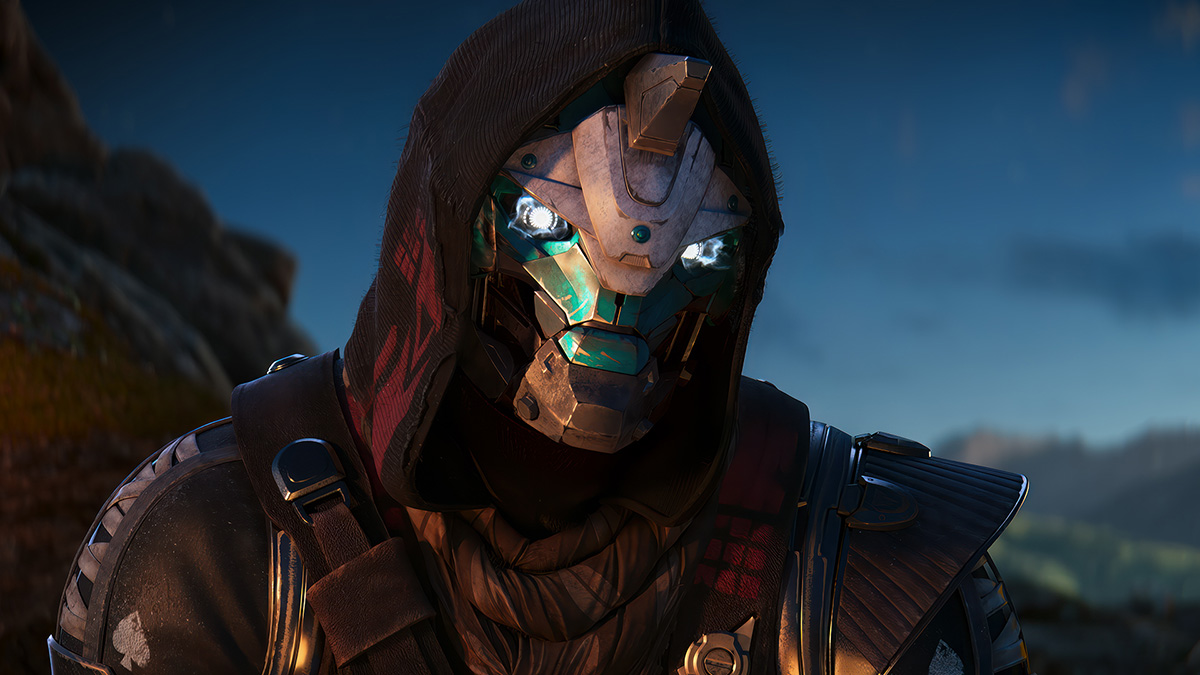

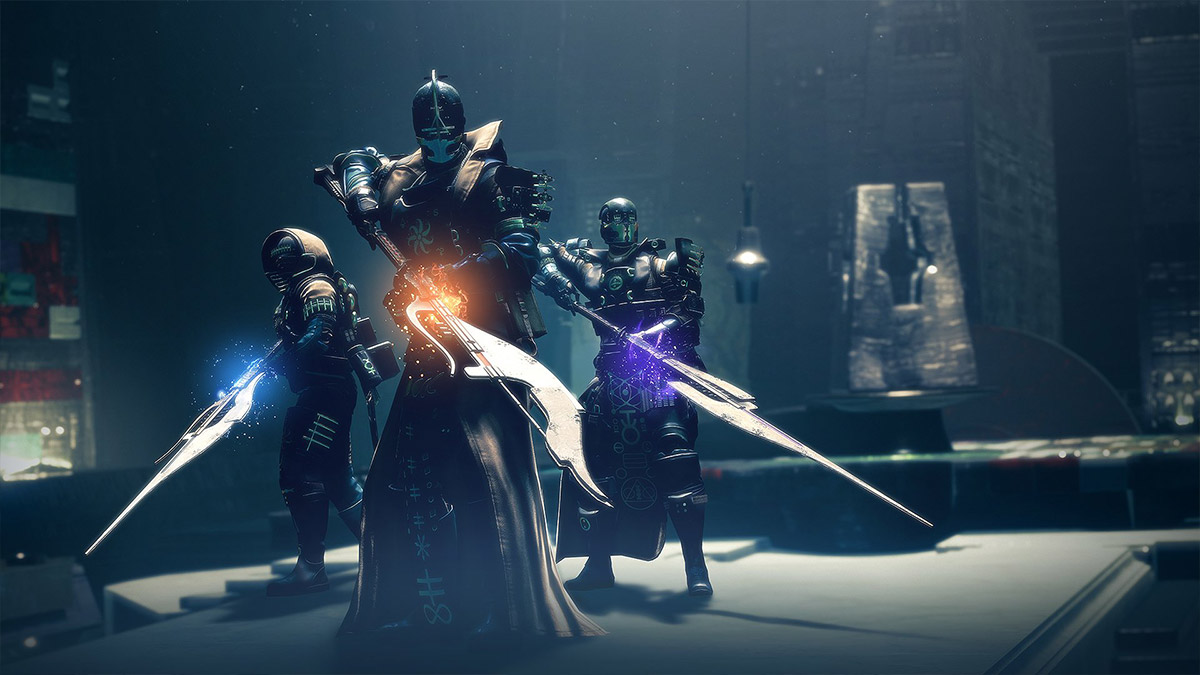
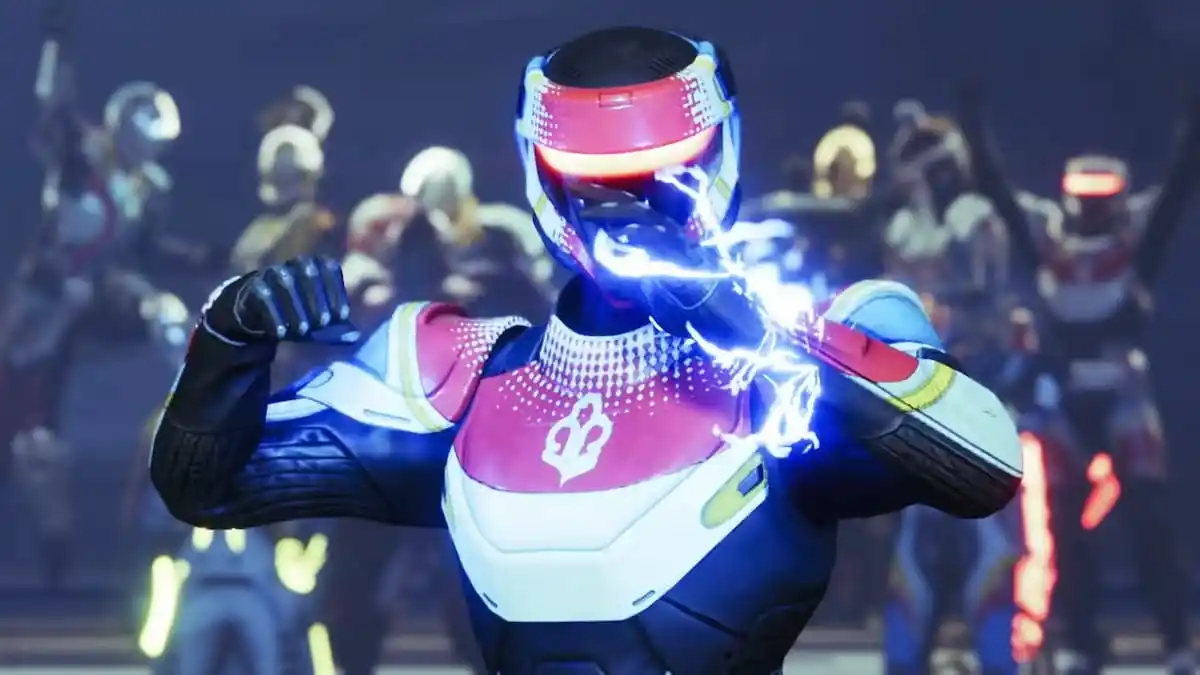
Published: Aug 28, 2018 07:54 pm